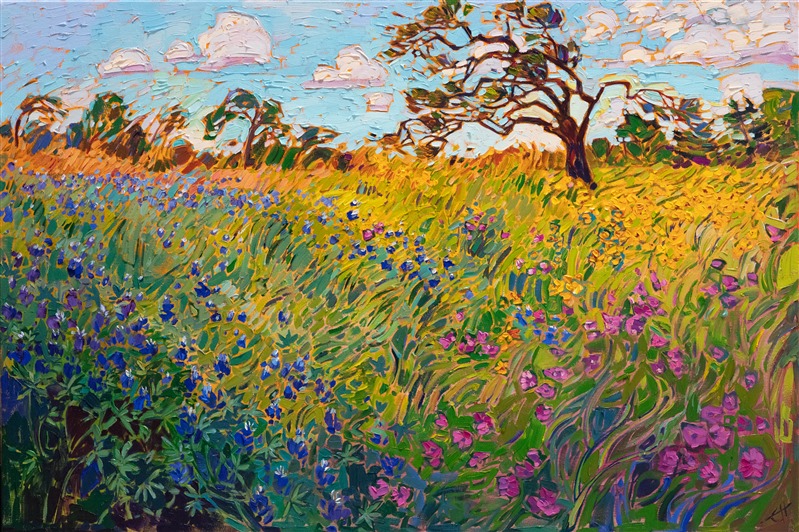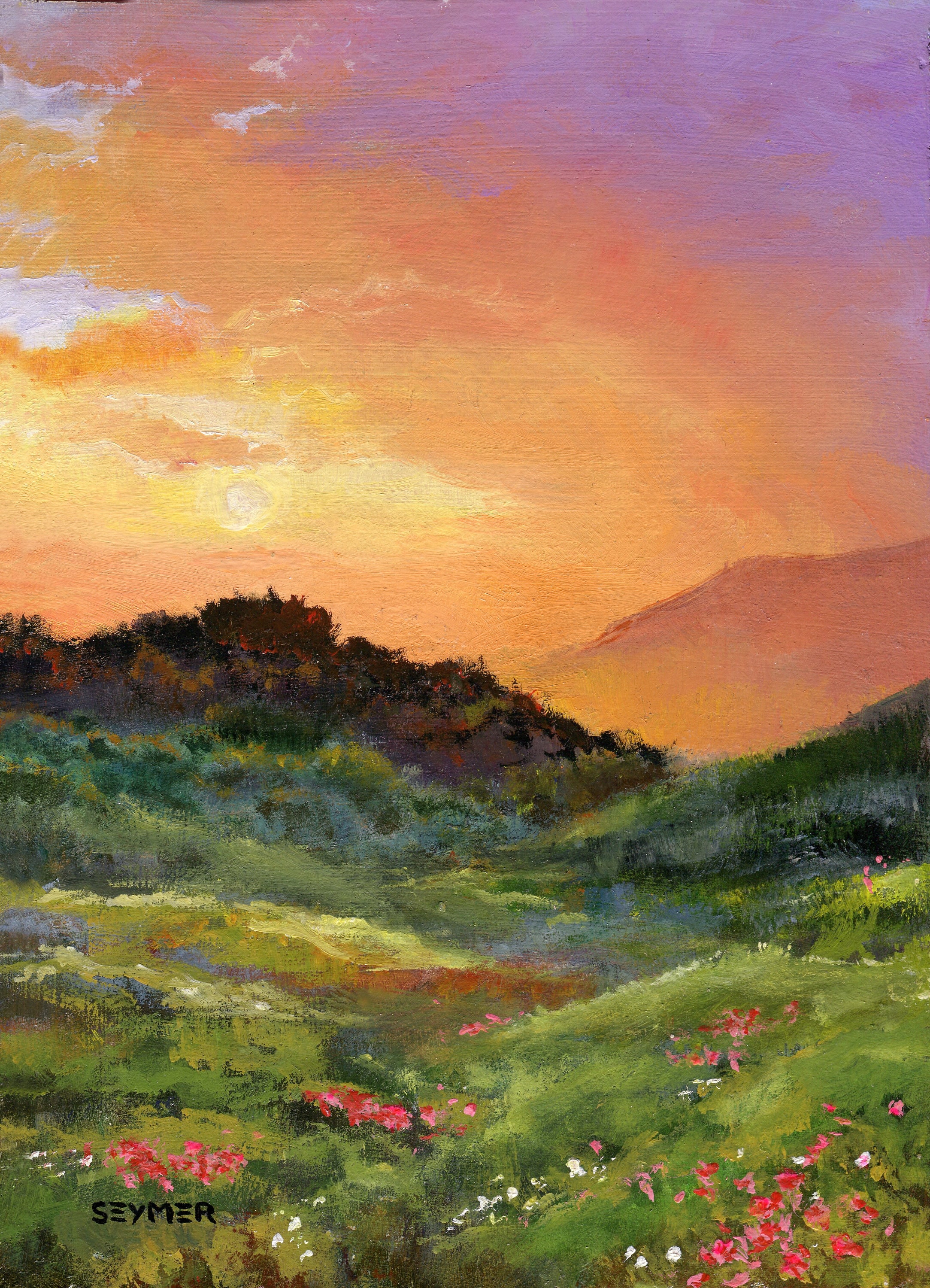Exploring Everything About Oil Paintings: A Guide to Understanding Their Beauty and Value
Oil paintings have actually mesmerized target markets for centuries, supplying a glance right into the artistic proficiency of numerous ages. Their abundant history is intertwined with innovative methods and profound emotional expression. Comprehending the products and approaches behind these artworks can improve appreciation. Additionally, the marketplace for oil paints presents possibilities for financiers and collection agencies alike. As one explores this interesting globe, the inquiry emerges: what makes an oil painting absolutely useful?
The History of Oil Painting: A Trip Through Time
Although oil painting has roots that date back to old times, it absolutely grew during the Renaissance, when musicians uncovered its flexibility and rich shade capacity. Early examples can be traced to the 7th century, with techniques evolving significantly throughout societies. The medium ended up being popular in Northern Europe in the 15th century, specifically with the jobs of artists like Jan van Eyck, that pioneered its usage for comprehensive realism and lively shades. This period marked a departure from tempera paints, permitting higher depth and appearance. As oil paint spread, it affected countless musicians, leading to work of arts by popular numbers such as Leonardo da Vinci and Rembrandt. The tool's tradition continues, shaping the art world well right into modern times.
Comprehending Oil Paints: Materials and Techniques
As musicians explore the world of oil paints, they come across a varied selection of materials and strategies that define this medium. The primary components of oil paint include pigments, which supply shade, and drying oils, such as linseed, that bind the pigments and help with application. Different additives can change the paint's structure and drying time, enhancing adaptability. Strategies like glazing, where transparent layers are developed, and impasto, which involves applying thick paint, permit for various visual results. Furthermore, using brushes, combination knives, and even fingers can develop distinct structures and coatings. Recognizing these materials and methods allows artists to fully reveal their creative thinking and attain the desired effect in their artwork.
The Function of Color in Oil Paintings
Color plays a crucial duty in oil paints, influencing both aesthetic appeal and emotional vibration. Understanding shade concept basics, including the relationships between tones, can boost a musician's ability to share state of mind and environment. In addition, understanding color mixing methods permits higher depth and splendor in a painting's scheme.

Shade Theory Basics
Understanding color concept is essential for artists collaborating with oil paints, as it forms the foundation for developing aesthetically interesting and unified structures. Color concept includes the research of exactly how shades interact, the shade wheel, and the connections between main, additional, and tertiary shades. Musicians utilize complementary shades to enhance contrasts and produce centerpieces, while comparable shades promote unity and cohesiveness within an item. Furthermore, the concepts of warm and awesome colors influence the understanding of depth and area in a painting. Understanding these principles enables artists to manipulate shade efficiently, assisting the audience's eye and connecting their intended message. Proficiency of color theory ultimately enriches a musician's ability to communicate feelings and concepts with their work.
Psychological Effect of Color
The psychological impact of shade in oil paintings plays a crucial function in just how customers perceive and attach with artwork. Shades stimulate certain feelings and state of minds, influencing the viewer's mood. Warm colors like reds and oranges can create a sense of heat and energy, while awesome tones such as blues and eco-friendlies commonly stimulate calmness or introspection. Artists tactically select shade combinations to improve narrative elements, leading the audience's psychological trip. The saturation and comparison of colors better amplify these results, attracting interest and creating focus. Ultimately, the interaction of colors in oil paints not only enhances their aesthetic appeal yet also functions as a powerful medium for psychological expression, enriching the audience's experience and interpretation.
Shade Mixing Techniques
While lots of elements of oil paint add to the total composition, mastering color blending methods is necessary for accomplishing desired effects and deepness. Shade mixing can be approached via different approaches, consisting of the subtractive and additive procedures. Additive mixing entails combining colors of light, while subtractive blending depends on pigments, where shades blend to create brand-new shades. Musicians usually make use of a restricted combination to develop unified works, comprehending the connections in between primary, additional, and tertiary shades. Methods such as glazing and scumbling additionally enhance deepness and luminosity. By skillfully blending shades, a musician can evoke emotions, develop prime focus, and achieve a sense of realistic look, eventually elevating the paint's visual and psychological impact.
Famous Oil Painters and Their Iconic Functions

Famous for their proficiency of shade oil paintings for sale and technique, oil painters have developed some of the most renowned art work in history. Popular artists like Vincent van Gogh mesmerized audiences with his emotive brushwork in "Starry Evening," while Claude Monet's "Impression, Dawn" laid the groundwork for Impressionism. Leonardo da Vinci's "Mona Lisa" continues to be an enduring icon of imaginative wizard, showcasing his skill in capturing human expression. Rembrandt's "The Evening Watch" shows his cutting-edge usage of light and darkness. Various other noteworthy numbers include Pablo Picasso, that revolutionized modern art with his vibrant experimentation in works like "Les Demoiselles d'Avignon," and Georgia O'Keeffe, whose dynamic depictions of landscapes and blossoms helped specify American modernism. Each musician's one-of-a-kind style contributed greatly to the oil painting landscape.
How to Evaluate the Quality of an Oil Painting
Assessing the top quality of an oil paint involves a cautious evaluation of craftsmanship methods, in addition to an analysis of shade and structure. Observing brushwork, layering, and the application of paint can reveal the artist's skill level. In addition, the interplay of colors and the total arrangement of components add considerably to the painting's visual worth.
Analyzing Workmanship Strategies
A precise evaluation of craftsmanship strategies is essential for determining the quality of an oil paint. Critics must initially take a look at the application of paint; thick, distinctive brushstrokes may suggest a knowledgeable hand, while extremely uniform applications can show a lack of depth. oil paintings for sale. The layering strategy is likewise vital; the existence of glazes and varied thickness can improve brightness and intricacy. In addition, the high quality of the products used, such as the canvas and pigments, plays a significant role in durability and overall visual. Attention to information in elements like edges and changes in between shades reflects the musician's commitment to their craft. Inevitably, these methods contribute to the painting's emotional impact and market price, functioning as indications of the musician's skill and intent
Examining Shade and Composition
While evaluating the high quality of an oil painting, one must concentrate on the interplay of shade and structure, as these elements are basic to the art work's general influence. Shade options can stimulate feelings and establish state of mind; consequently, the artist's scheme must be analyzed for consistency and contrast. A healthy composition directs the visitor's eye and develops a feeling of unity. Artists frequently use strategies like the policy of thirds or leading lines to enhance visual interest. Additionally, the usage of light and darkness can add depth, boosting the three-dimensionality of the paint. Eventually, a successful oil paint marries shade and structure, involving the audience and welcoming a deeper admiration of the artist's vision and technique.
Caring for and Preserving Oil Paintings
Correct care and preservation of oil paints is necessary for keeping their stability and long life. To shield these artworks, it is vital to show them away from direct sunshine, which can create fading and discoloration. Maintaining a steady atmosphere with regulated temperature and moisture additional aids in protecting against damages. Cleansing must be done carefully utilizing a soft, completely dry fabric, staying clear of any rough chemicals that can harm the paint or varnish. Normal assessments for indicators of damage, such as breaking or flaking, are suggested. When carrying or storing oil paintings, correct extra padding and framing are needed to prevent physical damage. Inevitably, diligent treatment adds to the visual appeal and worth of oil paints in time.
The Marketplace for Oil Paints: Collecting and Spending
Recognizing the marketplace characteristics for oil paints is necessary for financiers and collectors alike. The value of these artworks is influenced by different aspects, including the musician's reputation, historical relevance, and existing patterns. Collection agencies often look for pieces that reverberate personally while taking into consideration prospective appreciation in worth. Galleries and auctions function as main venues for purchasing and selling, with rates changing based on demand and rarity. Buying oil paintings needs study into the marketplace, in addition to an understanding of credibility and provenance. Additionally, emerging musicians may offer opportunities for significant returns, while established names can command high costs. Overall, a strategic technique to collecting can yield both visual pleasure and financial rewards.

Regularly Asked Concerns
What Are the Ecological Impacts of Oil Paint Products?
The environmental effects of oil paint products include the release of volatile natural compounds (VOCs), harmful waste generation, and source removal for pigments. These factors add to air pollution and ecological deterioration, useful reference raising worries amongst ecologically aware artists and customers.
Just How Do Different Canvases Influence Oil Painting Results?
Different canvases influence oil paint results considerably. Absorbency, surface, and texture top quality can alter paint application, drying times, and color vibrancy. Musicians typically choose certain canvases to accomplish visit our website wanted impacts and improve their imaginative expression.
Can Oil Paintings Be Restored if Damaged?
If harmed, Oil paints can certainly be recovered. Expert conservators make use of different methods to fix tears, clean surfaces, and address staining, ensuring that the art work maintains its original charm and worth for future generations.
What Are the Indications of an Initial Oil Paint?
The indicators of an original oil painting include visible brush strokes, texture variants, and an uneven canvas weave (oil paintings for sale). Additionally, authenticity might be validated via provenance, signatures, and the existence of a varnish layer one-of-a-kind to oil mediums
Just How Has Modern Technology Influenced Modern Oil Paint Techniques?
Technology has significantly affected modern oil painting techniques by presenting digital tools for preparation, boosted materials for structure and longevity, and online platforms for offering and sharing art, thereby expanding artists' innovative possibilities and audience reach. Oil painting has origins that date back to old times, it absolutely prospered during the Renaissance, when musicians discovered its versatility and rich shade potential. The psychological effect of color in oil paints plays a vital role in how customers view and link with artwork. While lots of facets of oil painting contribute to the total make-up, grasping shade mixing strategies is crucial for achieving preferred impacts and depth. Examining the quality of an oil painting involves a cautious evaluation of workmanship strategies, as well as an analysis of shade and composition. While assessing the quality of an oil paint, one need to focus on the interaction of color and make-up, as these aspects are fundamental to the art work's overall effect.